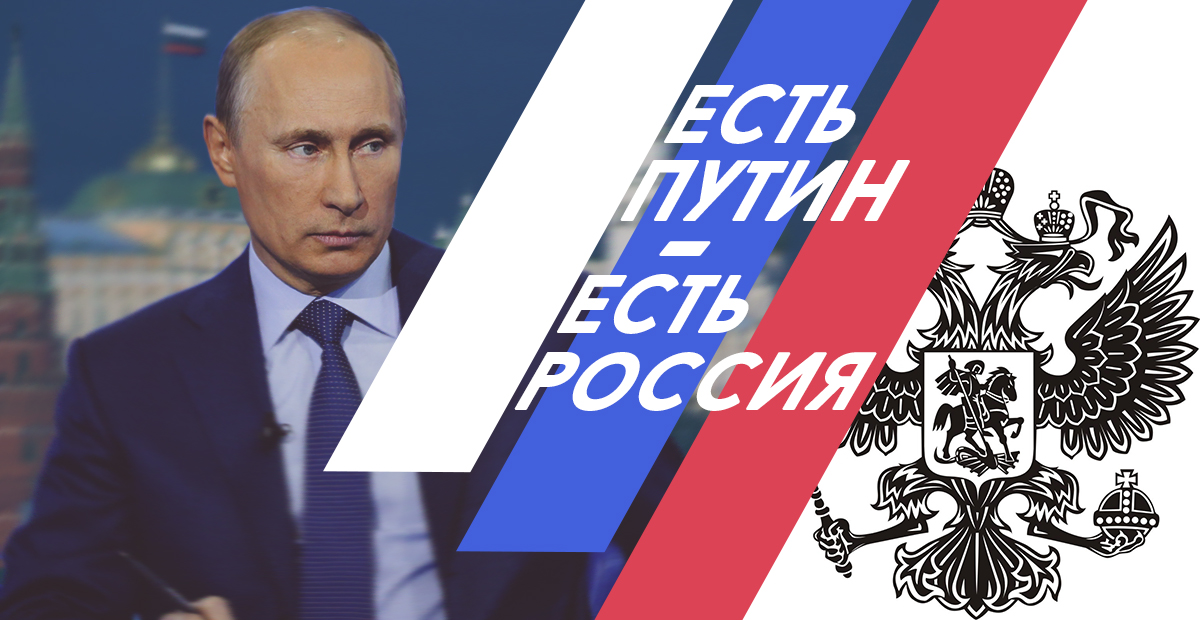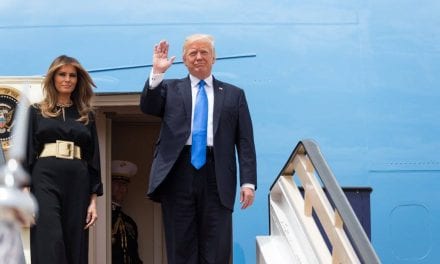By JULIA GURGANUS, Carnegie Endowment for International peace
In contrast to the populist image Russian President Vladimir Putin has created to galvanize support, he is part of today’s Russian establishment elite. This puts him in an awkward position as populism spreads across Europe and Russia marks the one hundredth anniversary of the 1917 revolution.
Should Putin again take the populist approach, he is likely to inspire accusations of hypocrisy from the opposition-minded. But without some effort to engage the Russian electorate, Putin may not achieve the strong showing in the 2018 presidential election that he needs to secure his legitimacy and cement his legacy.
Putin hopes that Russians do not see the parallels between today and one hundred years ago, when Russian workers and peasants supported a change in government and called for an end to the poverty and mistreatment they suffered at the hands of wealthy aristocrats and the bourgeoisie. As Putin gears up to run for president once again, he is undeniably the establishment candidate, which contrasts with the populist image he has fashioned over the years to generate the public approval that has been key to his legitimacy. Putin’s exploitation of populism helped fuel his rise from faceless state functionary in the late 1990s, and he has been a tireless champion (and occasional funder) of anti-establishment groups the world over. But the populist approach is turning into a double-edged sword for him at home. Will a figure so closely identified with Russia’s political establishment be able to leverage populist themes for a Russian electorate that is growing disenchanted with business as usual?
Putin will almost certainly win Russia’s upcoming presidential election. But a strong mandate—measured by robust voter turnout and a not-too-fraudulent process—is critical to quieting the growing questions about how long Putin will remain in office and who will replace him. If past is prologue, we should expect Putin’s reelection campaign to rely in large part on populist techniques and rhetoric to gain public trust and support.
When Putin was first thrust into the spotlight in 1999 as then president Boris Yeltsin’s prime minister, many considered him an empty suit—a Russian bureaucrat molded by the Yeltsin family to carry on the government-oligarch relationships that had enriched the Russian elite to excess. But early on, Putin distinguished himself by projecting the image of a man of the people rather than a member of the privileged elite.
As prime minister and then president, Putin used earthy Russian languagerather than diplomatic political speak to connect with the public.1 At the advent of the Second Chechen War in 1999, he crudely threatened that he would “wipe [the Chechens] out in the outhouse.” In 2003, Putin shocked reporters when he criticized unruly oligarchs, saying, “You must always obey the law, not just when they’ve got you by the balls.” Putin’s crackdown on wealthy oligarchs further cemented his image as an outsider. Putin respectively jailed and exiled media moguls Vladimir Gusinsky and Boris Berezovsky in 2000, and arrested and imprisoned oil tycoon Mikhail Khodorkovsky in 2003. These moves centralized power in the Kremlin and sidelined political opponents, but also enabled Putin to burnish his anti-establishment and anti-elite credentials. Putin also leveraged powerful symbols—such as a new national anthem set to the Soviet hymn—to shore up patriotism among Russians still reeling from the collapse of the Soviet Union. His resurrection of the Soviet-era national anthem in 2000 angered many elites looking to chart a new path for Russia; even Yeltsin bristled, accusing Putin of “blindly [following] the mood of the people.”
These populist gestures helped solidify a level of support among average Russians that has been essential to Putin’s hold on power ever since. An unknown figure in August 1999, only 31 percent of Russians approved of his job performance. But by January 2000, his job approval had rocketed up to 84 percent and remained above 70 percent for most of his first term. As of October 2017, Putin’s approval rating stands at 82 percent.
Putin’s well-known embrace of populist themes on the international stage is part of a broader Russian strategy to weaken support for U.S. and European governments unfriendly to Russia. The Kremlin seeks to exploit internal divisions in these powers in the hope of hindering their ability to challenge Russian interests. One example is Russia’s support for Germany’s ultra-nationalist Alternative for Germany (AfD) party. AfD’s leaders are unapologetically anti-establishment and pro-Russian, and they frequently parrot the Kremlin’s talking points on issues like the war in Ukraine. German press accounts suggest that the Kremlin has helped fund AfD and Russian state propaganda tools helped boost AfD’s performance in Germany’s September election. It is no small matter to see AfD seated in the German parliament, where it will give voice to Russian interests and help complicate political decisionmaking.
When it comes to the United States, Putin’s populist-like stance encompasses portraying Russia as the world’s preeminent anti-establishment power. By highlighting the perils of U.S. unilateralism and embracing defenders of so-called traditional values, such as opponents of same-sex marriage, Putin has positioned Russia as an alternative to the status quo. The Kremlin’s embrace of the populist narratives that powered the candidacies of figures like U.S. President Donald Trump and France’s Marine Le Pen conveys the sense that Putin is willing to take on the establishment by championing the interests of those who are the most skeptical of the democratic liberal world order.
PUTIN’S LIMITED OPTIONS
Putin is now a prisoner of his own success as he heads into the 2018 election, having served as leader of Russia for more than seventeen years. Populism—often described as a political approach that pits the people against the elite—eludes easy definition, but there are informative patterns. Early on, populist leaders often enjoy a surge in support as they focus their efforts almost exclusively on socially popular measures and make good on campaign promises. But the longer a leader is in power, the more difficult it becomes to maintain an anti-establishment image. The experiences of Latin America show that support for populist leaders wanes over time unless they take an authoritarian turn and employ media and political controls. Putin’s long tenure at the top, coupled with his reliance on corrupt practices and informal networks, has eroded his ability to brand himself a populist. Public opinion polls show that Russians increasingly view Putin as “[pandering] to the bureaucracy, seeking to take advantage of the wealth of Russia,” increasing from 34 percent in 2013 to 64 percent in 2015.
His tight grip on the media and strong public support for the 2014 annexation of Crimea has helped Putin maintain his popularity to date. He has also skillfully deflected many of Russia’s ills to external enemies or elements within his own government. But as he anticipates six more years in power, the greatest threat to his position is the rise of a true populist figure in Russia. Populism is surging across Europe and, despite an oppressive political environment, conditions in Russia could fuel a growing appetite for populist leadership. Burgeoning corruption and growing income and social inequality are three such inflammatory elements.2 Nearly eight in ten Russians consider corruption to have “fully permeated” or “significantly taken hold in the Russian government.” A recent study on global wealthreported that the top 10 percent of Russians own nearly 90 percent of household wealth—a higher share than in the United States or China.
Leading opposition figure Alexei Navalny is aware of these conditions and has launched a presidential campaign (although authorities have declared him ineligible to run) built on issues that appeal to the average citizen. Navalny’s online videos detail the excesses of Putin and his inner circle to convey an incriminating message: corruption at the top of the government directly impacts the lives of average Russians. Spurred by this injustice, thousands of Russians protested in March in nearly one hundred cities across the country—the first wide-scale, organized demonstration of public dissatisfaction in the government since the mass protests of 2011–2012.
Putin and his team are convening about his campaign platform as we speak. Putin could burnish his image as the “security president,” which would require continued aggressive posturing in the foreign policy realm—risky at a time when U.S.-Russian relations are poor and U.S. foreign policy is unpredictable. Putin could rebrand himself, once again, as “Russia’s modernizer,” but that approach is unwelcome by the elites who want to preserve the status quo. The populist approach beckons, but it will not work for Putin anymore. Putin as “populist 2.0” smacks of hypocrisy and could further stoke the dissatisfaction that Navalny has tried to tap into. This may not prevent Putin from winning his fourth term, but it will erode his credibility and hasten perceptions of him as a lame duck. Putin set the populism trap himself—will he step in it?
Julia Gurganus is a visiting scholar at the Carnegie Endowment for International Peace on a CIA-sponsored sabbatical. She served as national intelligence officer for Russia and Eurasia at the U.S. National Intelligence Council from 2014–2017. All statements of fact, opinion, or analysis are those of the author and do not reflect the official positions or views of the U.S. government. This does not constitute an official release of U.S. government information.
NOTES
1 Fiona Hill and Clifford G. Gaddy, Mr. Putin: Operative in the Kremlin(Washington, DC: Brookings Institution Press, 2013), 135–42.
2 John B. Judis, The Populist Explosion: How the Great Recession Transformed American and European Politics (New York: Columbia Global Reports, 2016), 93.



















